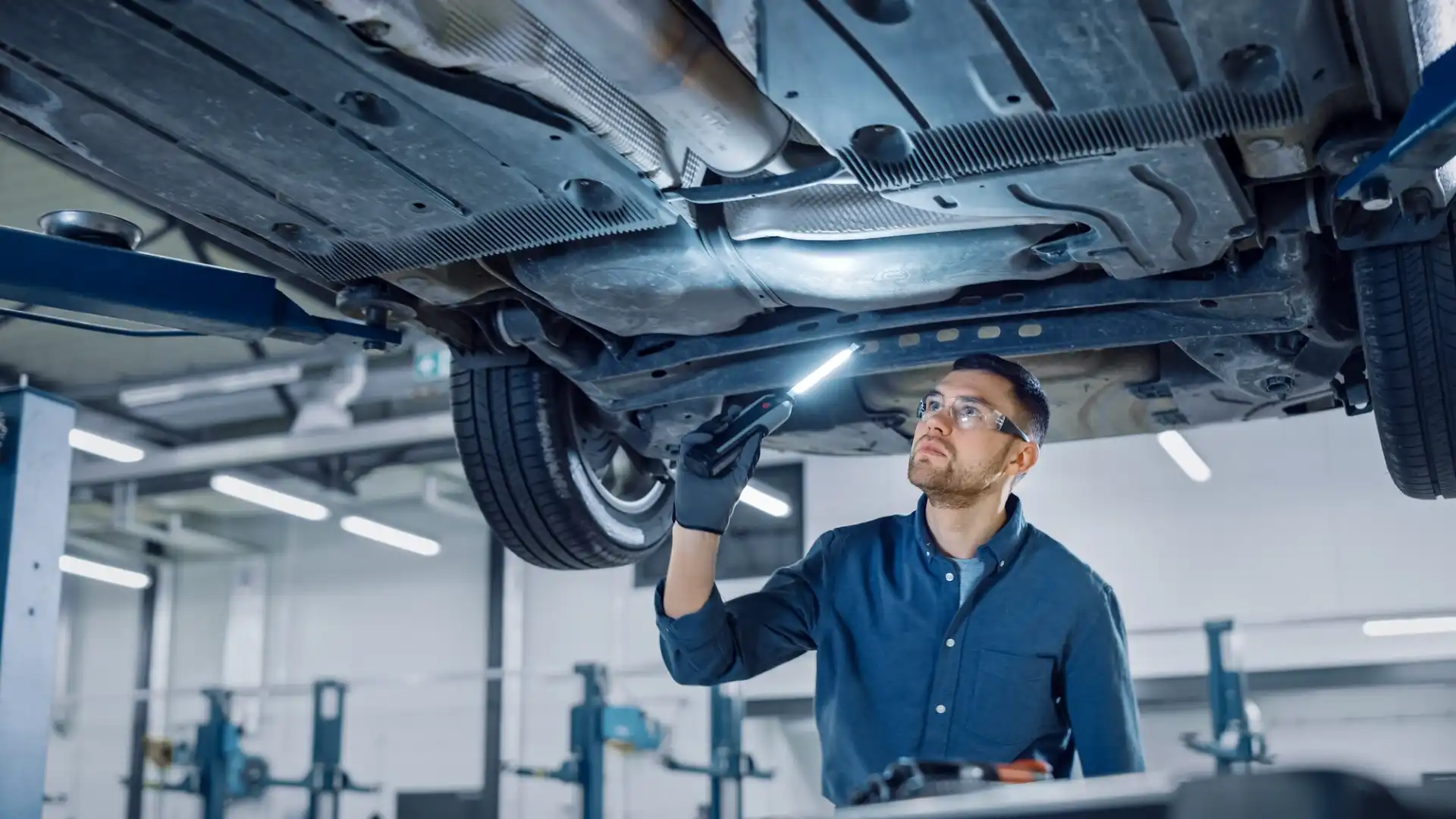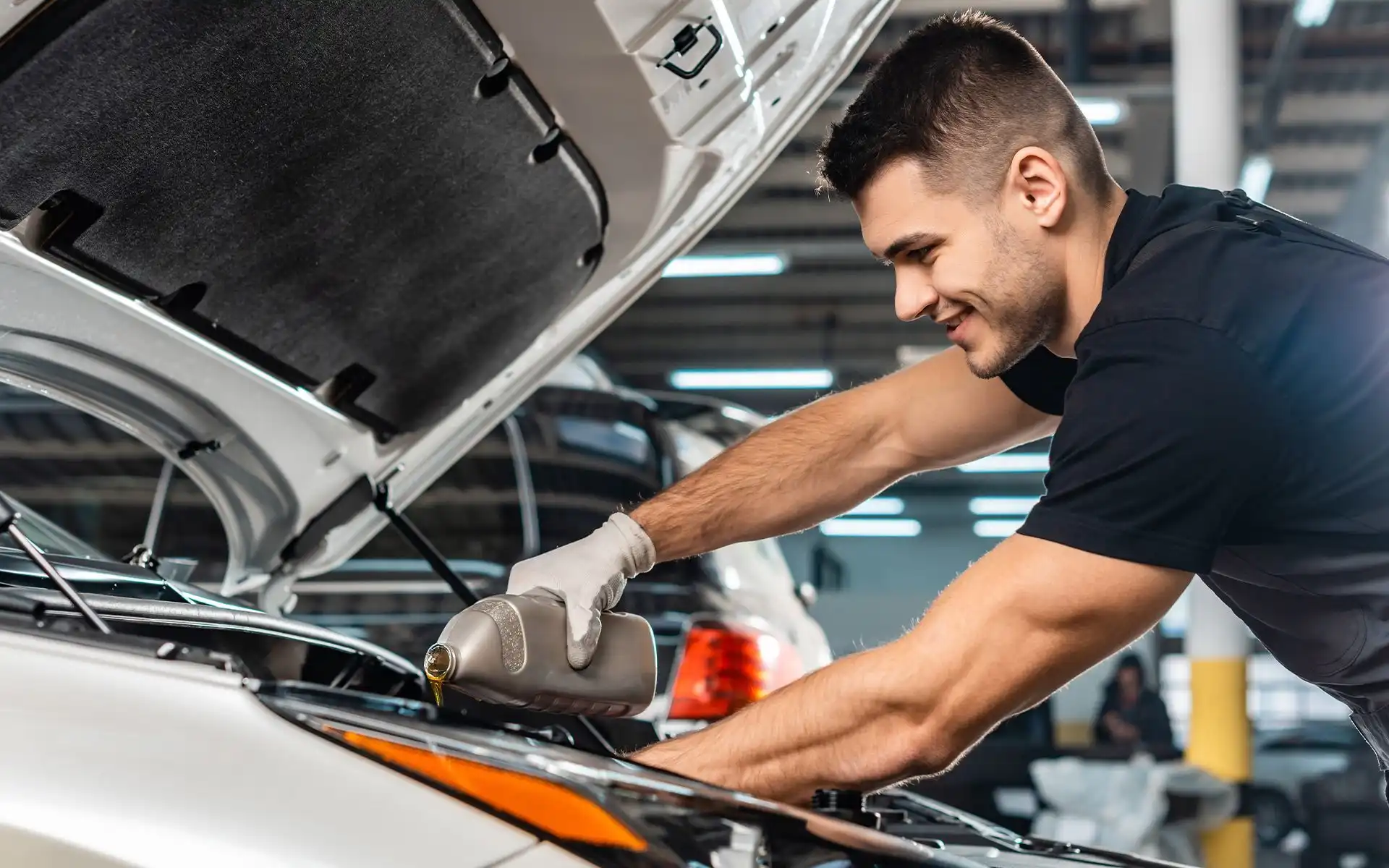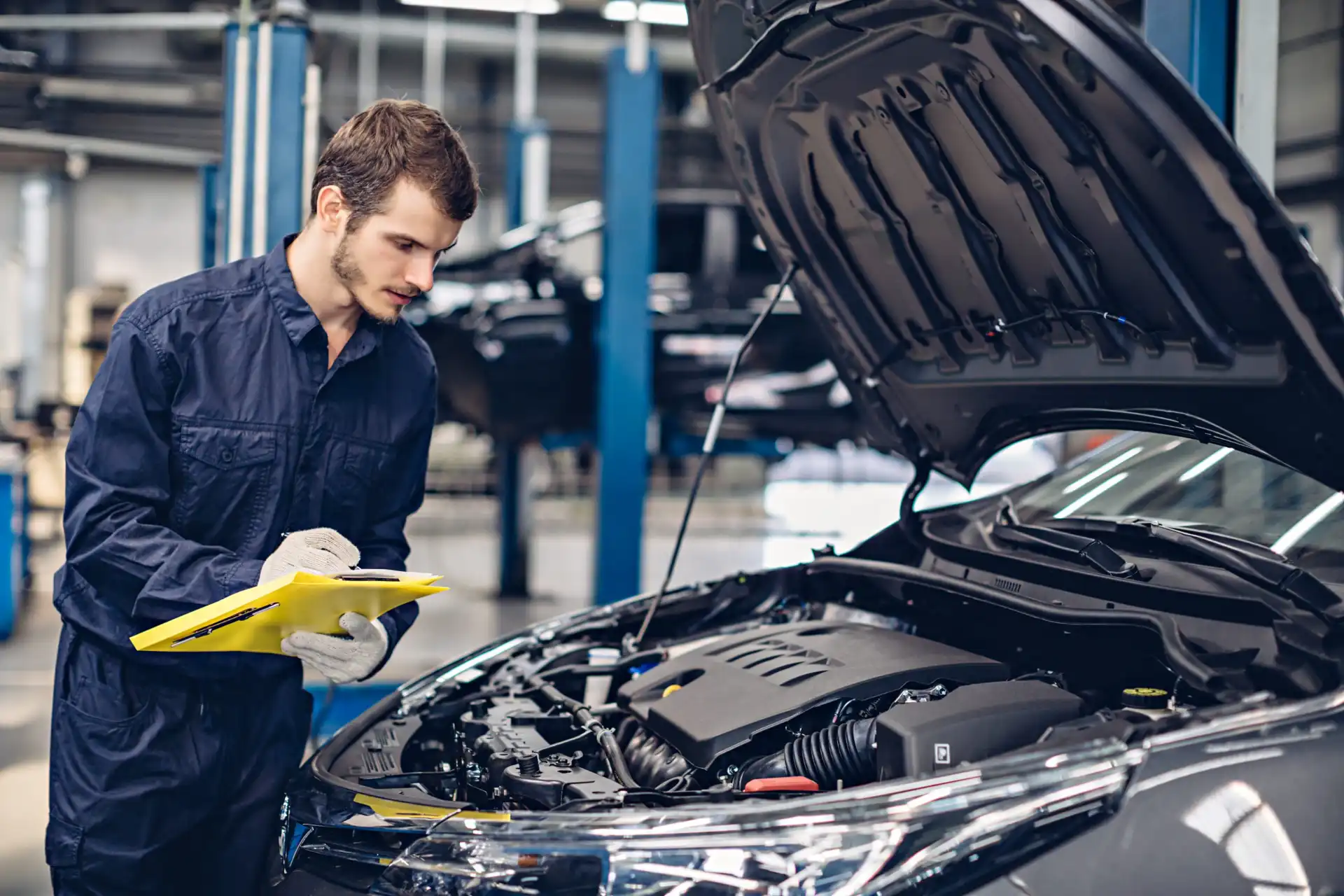Proper vehicle maintenance is crucial for keeping your car running smoothly, improving its longevity, and ensuring your safety on the road. Whether you’re a new car owner or have been driving for years, staying on top of regular maintenance can save you money in the long run by preventing costly repairs and breakdowns. In this blog post, we’ll walk you through essential car maintenance tips that every driver should know to keep their vehicle in tip-top shape.
1. Check and Change Your Oil Regularly
Oil is the lifeblood of your engine, keeping all the moving parts lubricated and reducing friction. Over time, the oil breaks down and becomes less effective, which can cause engine parts to wear out or even lead to engine failure.
How often should you change your oil?
- Check your owner’s manual: Most manufacturers recommend changing the oil every 3,000 to 7,500 miles, but this can vary depending on the type of oil used and your car’s make and model.
- Signs you need an oil change: If your engine is making strange noises, you notice a decrease in performance, or your oil looks dark and dirty, it’s time for a change.
Regular oil changes help your engine run efficiently and prevent premature wear, so make sure to stick to your oil change schedule.
2. Inspect and Replace Your Air Filter
Your car’s air filter plays a crucial role in ensuring the engine receives clean air for combustion. Over time, dirt and debris can clog the filter, which reduces engine performance, lowers fuel efficiency, and may lead to more serious engine problems.
How often should you replace your air filter?
- It’s recommended to check your air filter every 12,000 to 15,000 miles or more often if you frequently drive in dusty or polluted areas.
- If your vehicle is sluggish, the engine light comes on, or you notice a decrease in fuel economy, it may be time to replace the air filter.
Replacing the air filter is a simple and affordable maintenance task that can help improve your car’s performance and fuel efficiency.
3. Monitor Tire Pressure and Tread Depth
Proper tire maintenance is essential for your vehicle’s safety and performance. Over- or under-inflated tires can affect your handling, reduce fuel efficiency, and increase the risk of tire blowouts.
How to keep your tires in check:
- Check tire pressure regularly: Tire pressure should be checked at least once a month and before long trips. You can easily do this with a tire pressure gauge. Most cars have a recommended tire pressure listed inside the driver’s door frame.
- Inspect tread depth: Tread depth is essential for grip, especially in wet or slippery conditions. If your tire tread is too worn, it’s time to replace your tires. Use the penny test—insert a penny into the tread with Lincoln’s head facing down. If you can see the top of his head, your tread is too shallow.
Maintaining proper tire pressure and ensuring the tires are in good condition can improve your car’s handling, fuel efficiency, and overall safety.
4. Replace Brake Pads When Needed
Your brakes are one of the most critical safety components in your vehicle, so regular maintenance is essential. Worn brake pads can reduce stopping power and increase the risk of accidents.
How often should you replace brake pads?
- Brake pads typically last between 25,000 and 70,000 miles, depending on driving habits and vehicle type. However, if you hear squeaking, grinding, or if your vehicle pulls to one side when braking, it’s time for a check-up.
- If you notice a spongy or soft brake pedal or reduced braking effectiveness, it may be time to replace your brake pads or check for other brake system issues.
Replacing brake pads on time can help avoid more expensive brake repairs and keep you and your passengers safe.
5. Replace Your Spark Plugs
Spark plugs are responsible for igniting the air/fuel mixture in the engine. Over time, spark plugs can wear out or become dirty, leading to rough idling, misfires, and poor fuel efficiency.
How often should you replace your spark plugs?
- Most spark plugs need to be replaced every 30,000 to 100,000 miles, depending on the type of spark plug used and your vehicle’s make and model.
- If you notice rough idling, a decrease in fuel economy, or trouble starting your engine, it could be a sign that your spark plugs need replacement.
Changing spark plugs at the recommended intervals can keep your engine running smoothly and maintain good fuel economy.
6. Check Your Battery
Your car’s battery is essential for starting the engine and powering electrical systems. Over time, batteries can lose their charge or degrade, especially if your car isn’t driven regularly.
How to maintain your car’s battery:
- Check the battery terminals: Ensure the battery terminals are clean and free of corrosion. If you see any buildup, you can clean it with a mixture of baking soda and water.
- Test the battery: Have your battery tested every year, especially if it’s over 3 years old. Many auto parts stores offer free battery testing.
- Replace the battery if needed: If your battery is showing signs of age, like difficulty starting the engine, it may need to be replaced.
Taking care of your battery can prevent unexpected breakdowns and ensure your vehicle starts smoothly every time.
7. Flush and Replace Fluids
Your car relies on several fluids to run efficiently, from coolant to transmission fluid. Over time, these fluids can become dirty or break down, leading to overheating, transmission problems, or engine failure.
Fluids to check and replace:
- Engine coolant: Ensure the coolant level is adequate, and flush the system every 30,000 miles or so to prevent overheating.
- Transmission fluid: Transmission fluid should be checked regularly, and the fluid should be replaced as recommended by your manufacturer (typically every 30,000 to 60,000 miles).
- Brake fluid: Check brake fluid regularly and replace it if it’s low or contaminated to maintain optimal braking performance.
Regularly checking and replacing your car’s fluids will help maintain smooth operation and prevent more serious mechanical issues down the line.
8. Keep Your Lights in Working Order
Driving with non-functioning headlights, taillights, or turn signals can put you and others on the road at risk. It’s important to check your vehicle’s lights regularly to ensure they’re working properly.
What to check:
- Headlights and taillights: Make sure your headlights, brake lights, and turn signals are all functioning properly. Replace any bulbs that are burnt out as soon as possible.
- Interior lights: Check your interior lights to ensure they are working, especially if your car is equipped with dashboard lights or lighting that helps you see while driving at night.
Keeping your vehicle’s lights in working order is essential for safety, visibility, and legal compliance.
9. Align and Balance Your Wheels
Regular wheel alignment and balancing are essential for ensuring your car drives smoothly and evenly. Misaligned wheels can lead to uneven tire wear, reduced fuel efficiency, and handling issues.
How to maintain wheel alignment:
- If your car pulls to one side, your steering wheel is off-center, or your tires are wearing unevenly, it may be time for an alignment.
- Have your wheels balanced and aligned at least once a year, or whenever you get new tires.
Proper wheel alignment improves your vehicle’s performance, prolongs tire life, and enhances your safety on the road.
10. Follow Manufacturer Maintenance Schedules
One of the best ways to ensure your car stays in excellent condition is to follow the manufacturer’s maintenance schedule. Your vehicle’s owner’s manual will provide a recommended timeline for all essential maintenance tasks, from oil changes to timing belt replacements. Adhering to these guidelines helps you stay on track and catch potential issues before they become expensive problems.
Conclusion
Routine vehicle maintenance is crucial for keeping your car running smoothly and safely. By staying on top of these essential maintenance tasks, including regular oil changes, brake inspections, tire checks, and fluid replacements, you can extend the life of your vehicle, improve its performance, and avoid costly repairs. Make vehicle maintenance a priority, and you’ll enjoy a safer and more reliable driving experience for years to come.





